

Engage prospects with a scan and streamline customer engagement with FREE QR code marketing tools by Sona – no strings attached!
Create a Free QR CodeFree consultation

No commitment

Engage prospects with a scan and streamline customer engagement with FREE QR code marketing tools by Sona – no strings attached!
Create a Free QR CodeFree consultation

No commitment
QR codes have become strategic assets in automotive paint shops, enabling seamless transitions from offline engagement to online action. Whether customers are researching custom paint jobs or exploring protection solutions, a quick scan can capture their interest and vital information instantly, streamlining lead generation and enhancing the customer experience. For a broader view of marketing applications, see Sona QR’s guide to qr codes in marketing.
As car owners demand more personalized and transparent service, traditional paper forms and static brochures reveal their limitations. These outdated methods generate bottlenecks and make it difficult to identify high-intent prospects, causing potentially valuable business to slip away. By integrating intuitive QR codes at critical touchpoints like estimates, service counters, and direct mail, shops can capture real-time data, simplify staff workflows, and act on meaningful buying signals.
This guide explores how automotive paint, detailing, and repair shops can harness QR codes to generate high-quality leads, inform smarter marketing, and seamlessly connect offline interactions with digital systems. With real-world strategies, best practices, and workflow enhancements, you will learn how to turn every moment in the shop into an opportunity for growth, ensuring no valuable prospect is overlooked.
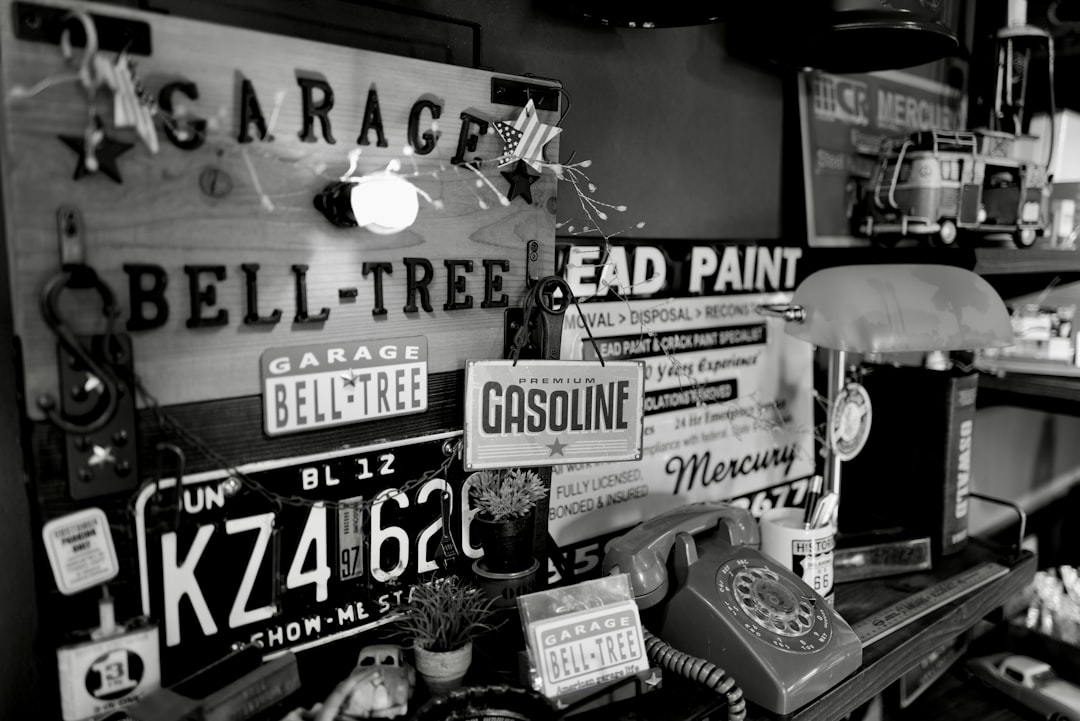
Automotive paint shops often lose valuable prospects when interactions at counters, events, or delivery go untracked. Relying on manual forms frequently results in slow data entry, incomplete CRM records, and missed callbacks. QR codes solve this problem by enabling instant scanning at key customer touchpoints, removing paperwork bottlenecks, and capturing contact details with a single tap. The result is a cleaner pipeline, faster response times, and more accurate attribution across every channel.
Modern platforms such as Sona QR can automate collection, tracking, and enrichment of lead data from scans. That means your team can replace reactive paper processes with proactive, insight-driven engagement. Instead of asking walk-ins to fill out clipboards or handing out generic brochures, you can deploy QR-enabled experiences that move customers from interest to action in seconds.
Here is how to implement QR codes effectively:
Replace analog friction throughout the workflow. Printed brochures become QR-linked service explainers with short videos. Paper sign-up sheets become auto-filled forms that populate your CRM in real time. Manual phone calls for appointment confirmations become automated SMS flows triggered by a scan. Sona QR supports each step of this transformation, from code generation and dynamic routing to attribution and CRM sync. Start creating QR codes for free.
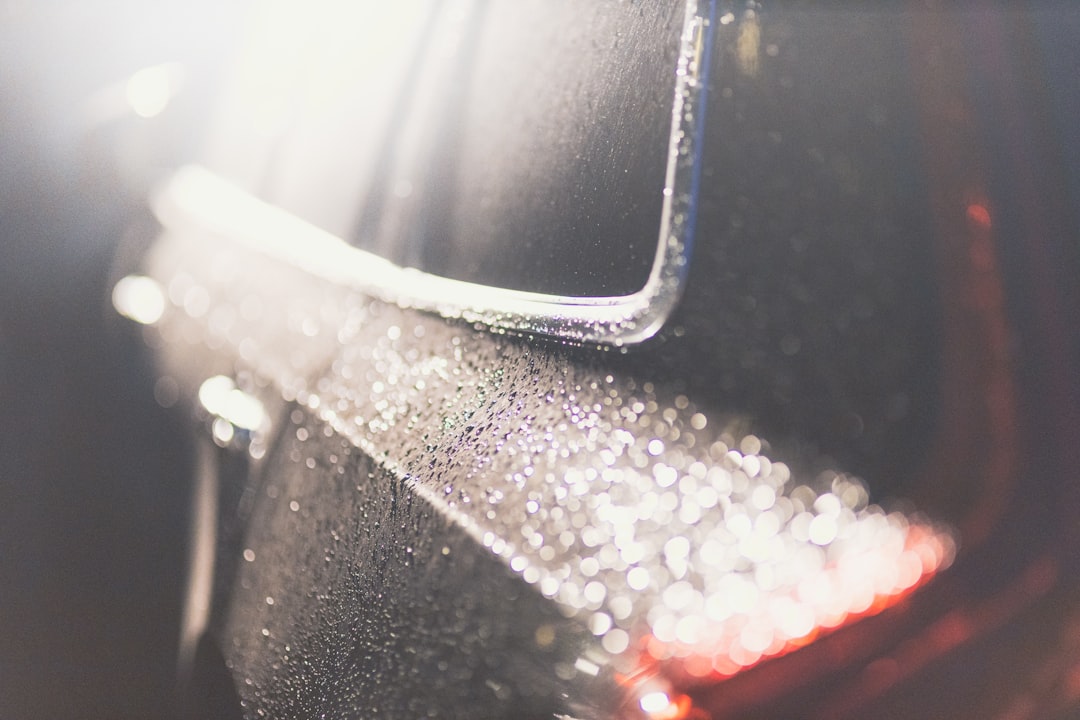
Fragmented processes, disconnected marketing, and anonymous browsing limit visibility and growth in paint shops. A customer might admire your custom color wall or read a brochure about ceramic coatings, but without a quick way to act, they leave without converting. QR codes reduce this friction and create a direct path from attention to action.
QR codes matter because they:
In practice, this looks like QR stickers on delivery packets that link to aftercare guides and review prompts, or estimate covers that let customers select add-ons while they wait. Instead of guessing what worked, you get precise signals from the physical assets you deploy across your shop.
Automotive operations thrive on speed, clarity, and personalization. QR codes support multiple formats that map to these needs, turning any printed surface into an interactive experience. While you can generate many types of codes, a few formats consistently create the most value for paint and detailing shops.
For paint shops, forms and web links to estimates or visual configurators deliver the highest impact because they convert attention into concrete demand. With Sona QR, you can generate and manage all of these formats in one place, switch destinations on the fly, and track results down to the asset or campaign level.
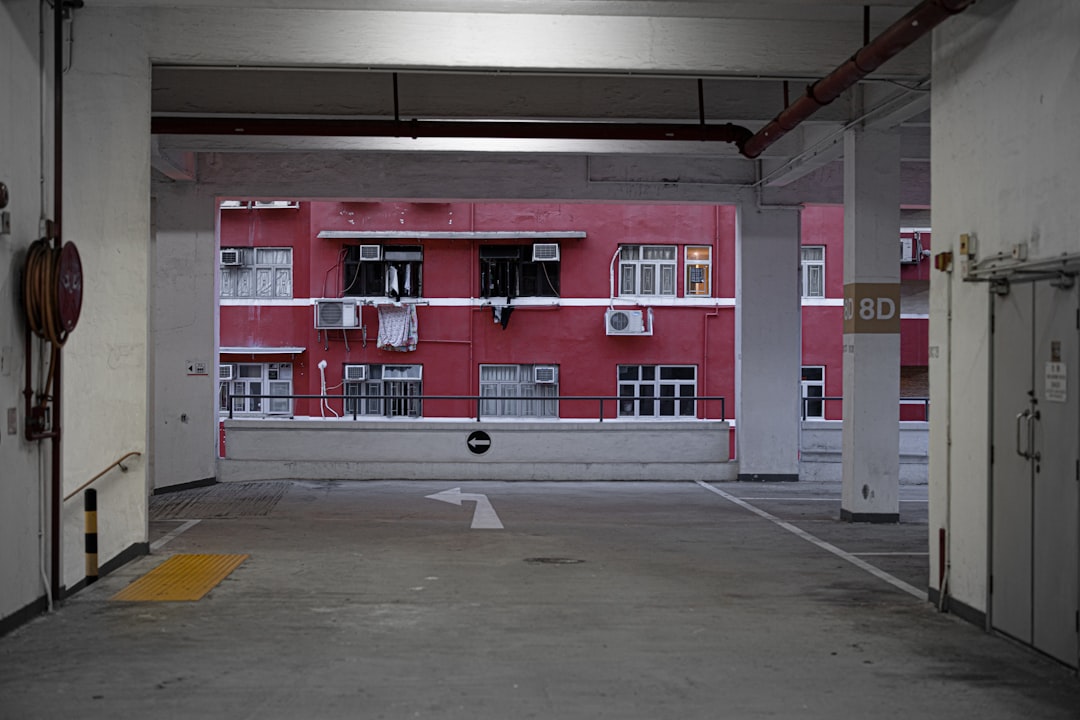
The best QR results come from meeting customers where they already are. Identify moments when a customer is most engaged and give them a simple path to take the next step. In automotive paint and detailing, these moments exist across service intake, the work in progress, and post-delivery care.
Strategic placement makes your physical environment behave like a digital funnel. Every scan becomes a signal, a lead, or a conversion that you can follow up on and measure.
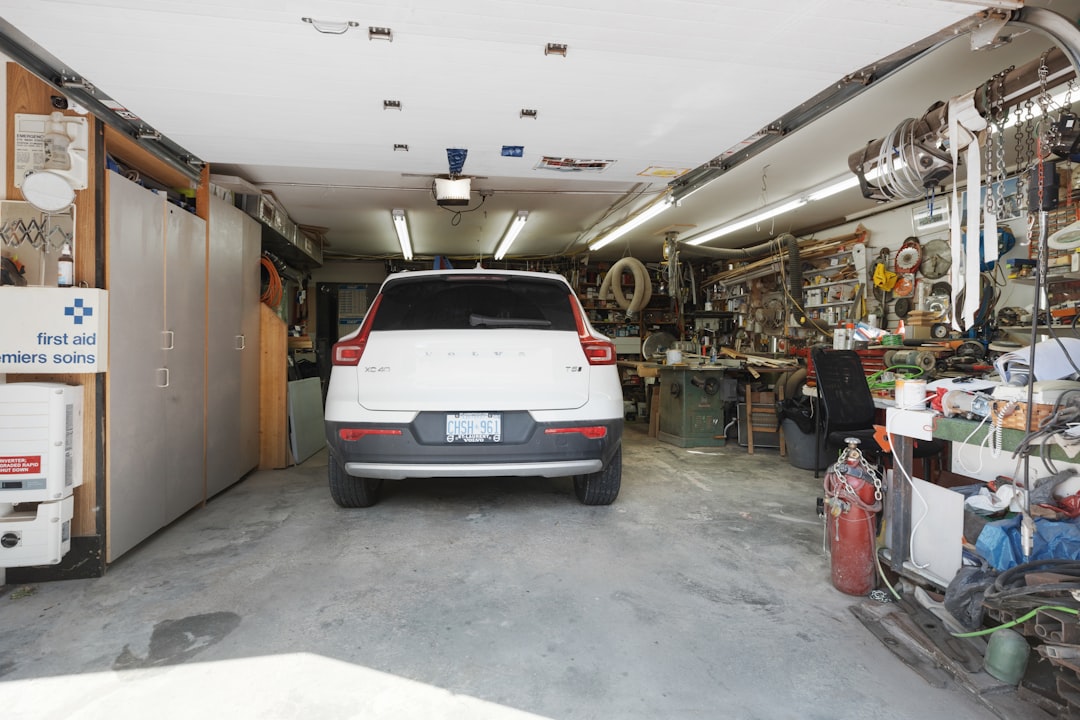
QR codes shine when they are aligned to clear business outcomes: more quotes, faster follow-ups, and better reviews. Start with these high-impact use cases and optimize from there.
These use cases reduce friction at key steps and enable automated follow-up. When integrated with tools like Sona QR, your scans can trigger CRM entries, task assignments, or nurture sequences without manual effort.
Each QR scan captures intent in context. A scan on an estimate folder suggests consideration. A scan on a mirror hanger after pick-up signals satisfaction and openness to reviews or referrals. Use these signals to segment audiences and tailor outreach that feels helpful rather than intrusive.
For automotive paint shops, consider audience distinctions such as first-time walk-ins versus returning customers, insurance referral recipients versus retail payers, and individual car owners versus fleet managers. With Sona QR, each code becomes a smart entry point that feeds accurate, behavior-based segments into your marketing engine.
QR codes are the connective tissue between your offline presence and digital ecosystem. By placing unique, trackable codes across channels, you can measure performance, reduce friction, and coordinate follow-ups that match how people actually shop for paint and detailing services.
Here is how QR codes enhance your broader marketing strategy:
QR codes serve as the offline onramp to your digital marketing engine. With a centralized platform like Sona QR, you can manage all codes, monitor performance by channel, and sync scan data with your CRM and ad platforms so that every touchpoint contributes to a connected customer journey.
A disciplined approach ensures your QR program delivers measurable outcomes. Use this checklist to plan, launch, and optimize campaigns that fit the realities of an automotive paint shop.
Choose one high-impact objective to start. For paint shops, common goals include increasing estimate requests, boosting review volume, or enrolling more customers in loyalty programs. Map the use case to the physical context, such as the service counter, pick-up area, or event booth, so you match intent with the right action.
Select static or dynamic codes based on your need for flexibility and analytics. Static codes work for fixed destinations that never change. Dynamic codes let you update destinations, capture data, and optimize without reprinting materials.
Design your codes to be scannable and on-brand. Add a benefit-driven call to action, test in real environments, and ensure the landing experience is fast on mobile.
Roll out codes where your customers are most likely to act. Focus on high-traffic areas in the shop and in the community, and pair each placement with messaging that fits the moment.
Measurement turns QR campaigns into a performance strategy. Link scans to customer profiles, evaluate conversion behavior, and iterate to improve.
A simple pilot can generate quick wins within weeks. As you expand, Sona QR consolidates code management, analytics, and CRM sync, making it easier to standardize best practices across every touchpoint.
Without clear analytics, marketing becomes guesswork. QR tracking bridges the gap between a physical scan and a measurable outcome, such as a form submission, a booked job, or a five-star review. For automotive paint shops with tight margins and seasonal swings, understanding which materials drive revenue is essential for smart budgeting and staffing.
With Sona QR and Sona.com, you can connect scanner behavior to pipeline and revenue in a single view. You will see not only when and where a scan occurred but also what happened next, across channels and over time.
This data-driven view lets you reallocate spend to the assets that perform, forecast demand by channel, and optimize messaging that nudges customers from curiosity to commitment.
As you scale QR usage across your shop, apply a few best practices that deliver consistent results. Focus on clarity, measurability, and automation so your team can do more with less effort.
You can generate and track your first codes for free with Sona QR. As results come in, build a playbook for your shop that standardizes placements, CTAs, and follow-up flows across teams and locations.
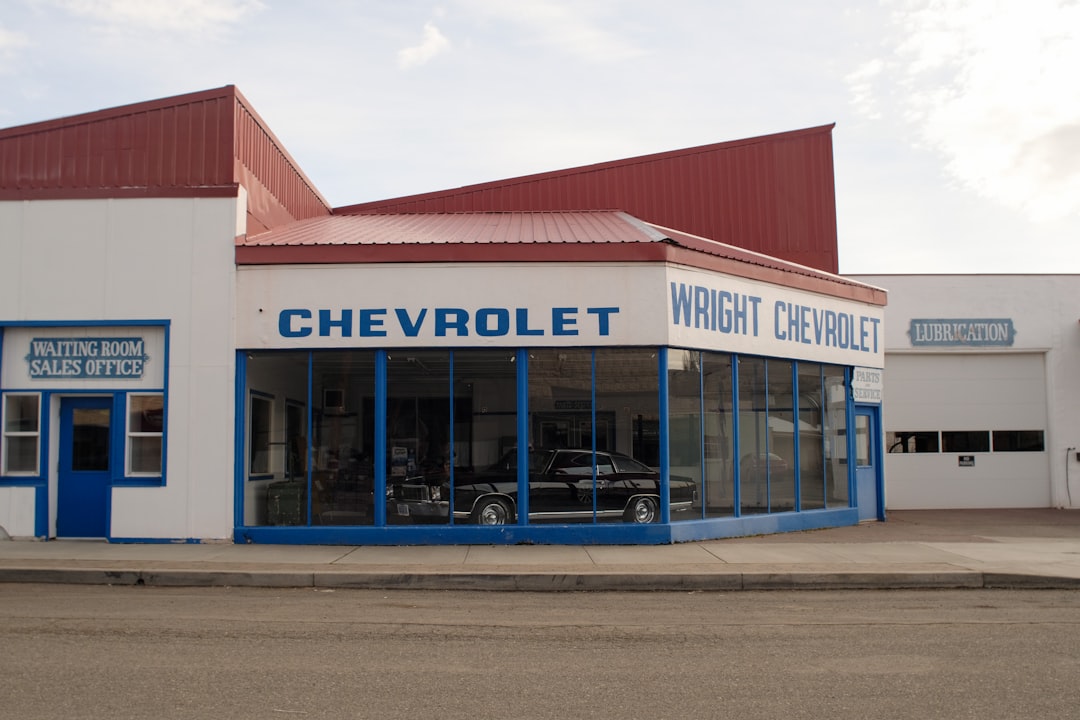
Manual outreach often leads to low feedback and lost prospects. QR-first approaches flip that script by making the next step obvious and easy. Paint and detailing shops are seeing measurable lift with small, targeted deployments.
Get creative with destinations and incentives. For example, a QR on a loaner car key tag can link to a quick survey and a 10 percent discount on paint correction, while a QR on a window cling near the color library can open a gallery of custom finishes with an option to request a consult.
Campaign success depends on thoughtful placement, compelling messaging, and a smooth destination experience. Shops that combine these elements with consistent analytics reviews build a durable growth engine.
Success also depends on staff buy-in. When your team understands how QR codes streamline their work and improve customer satisfaction, they will promote scans naturally and help you capture more qualified leads.
Transitioning to QR-powered engagement allows automotive paint shops to capture, nurture, and convert demand with far less friction. QR codes create a measurable link from each physical encounter to a digital action, tracking every lead and attributing outcomes to specific campaigns or collateral. That clarity helps owners invest with confidence and respond faster to real buying signals.
With CRM integration, prompt outreach, and clear ROI visibility, shops benefit from not only more leads but also better-qualified prospects. The end result is a responsive, scalable growth engine, one where every customer interaction can be measured, optimized, and converted into revenue. Sona QR equips you to generate codes, manage campaigns, and sync data in minutes. Sona.com closes the loop with attribution and journey analytics, connecting scans to pipeline and closed-won jobs.
QR codes are now essential for automotive paint shops seeking to connect offline interactions with digital engagement. By embedding QR strategies across your shop environment, from signage and estimate folders to invoices and after-service materials, you will enable frictionless lead capture and real-time CRM enrichment. Adopt this approach, and you will build a system that consistently produces more quotes, higher conversion rates, and deeper insight into what truly drives growth.
QR codes have transformed automotive paint shops from traditional service providers into dynamic customer acquisition hubs. Whether it’s capturing high-quality leads, enhancing customer engagement during the painting process, or streamlining appointment bookings, QR codes replace outdated methods with instant, mobile-friendly interactions that deliver real-time data to optimize your marketing efforts.
Imagine knowing exactly which promotions or in-shop displays drive the most bookings—and being able to update campaigns instantly without reprinting materials. With Sona QR, you can create dynamic, trackable QR codes in seconds, monitor every scan’s impact, and directly link customer interactions to revenue growth. No missed leads, no guesswork—just smarter, more profitable marketing tailored to your automotive paint shop.
Start for free with Sona QR today and turn every scan into a loyal customer and a thriving business opportunity.
Best practices include placing QR codes at key customer touchpoints like service counters and estimate folders, using clear calls to action, leveraging dynamic codes for content updates, and integrating scans with CRM systems to capture and act on high-quality leads.
Reputable shops use QR codes on signage, brochures, and direct mail to provide instant access to estimates, service details, and reviews, making it easier for you to engage and verify their services digitally.
The latest trend is using QR codes to bridge offline and online interactions, enabling customers to request quotes, view before-and-after galleries, submit reviews, and access aftercare information quickly and seamlessly.
Automotive paint shops provide aftercare guides and maintenance tips accessible via QR codes on vehicle stickers or warranty cards, helping customers follow recommended care to preserve paint quality.
Costs vary by service and are communicated through dynamic QR codes linking to updated price lists, estimate forms, and package details, allowing customers to get fast, transparent quotes without paperwork delays.
QR codes enable instant scanning at critical points, replacing slow manual forms, capturing complete contact data, and integrating with CRM platforms for faster, more accurate follow-ups and higher conversion rates.
Place QR codes on estimate folders, service counters, vehicle stickers, inspection reports, waiting area signage, direct mail, and event booths to engage customers at moments of high intent.
Effective QR code formats include web links to landing pages, lead capture forms, vCards for contact saving, pre-filled SMS or emails, and app download links tailored to customer needs and campaign goals.
Shops use QR codes to facilitate estimate requests, collect reviews, enroll customers in loyalty programs, showcase before-and-after galleries, and provide warranty registration, all enhancing engagement and repeat business.
Consider matching QR code placement to customer behavior, using dynamic codes for flexibility, adding branded calls to action, testing across devices, and tracking scan analytics to optimize campaign performance.
They track scans by time, location, and device, measure conversion rates, sync data with CRM systems, attribute revenue to campaigns, and adjust marketing efforts based on real-time analytics.
Avoid placing codes in low-visibility areas, linking to cluttered or generic pages, using tiny or hard-to-scan codes, and neglecting staff training to promote and assist customers with QR usage.
QR codes offer customers quick, app-free access to estimates, service details, reviews, and aftercare information, reducing wait times and making interactions more personalized and convenient.
Yes, dynamic QR codes allow updating destinations such as promotions, pricing, and service menus without reprinting materials, providing flexibility and cost savings.
QR codes serve as a bridge linking physical assets like brochures and vehicle stickers to digital platforms, enabling measurable, trackable, and seamless customer journeys from offline interest to online action.
Use Sona QR's trackable codes to improve customer acquisition and engagement today.
Create Your FREE Trackable QR Code in SecondsJoin results-focused teams combining Sona Platform automation with advanced Google Ads strategies to scale lead generation

Connect your existing CRM

Free Account Enrichment

No setup fees
No commitment required

Free consultation

Get a custom Google Ads roadmap for your business






Launch campaigns that generate qualified leads in 30 days or less.
